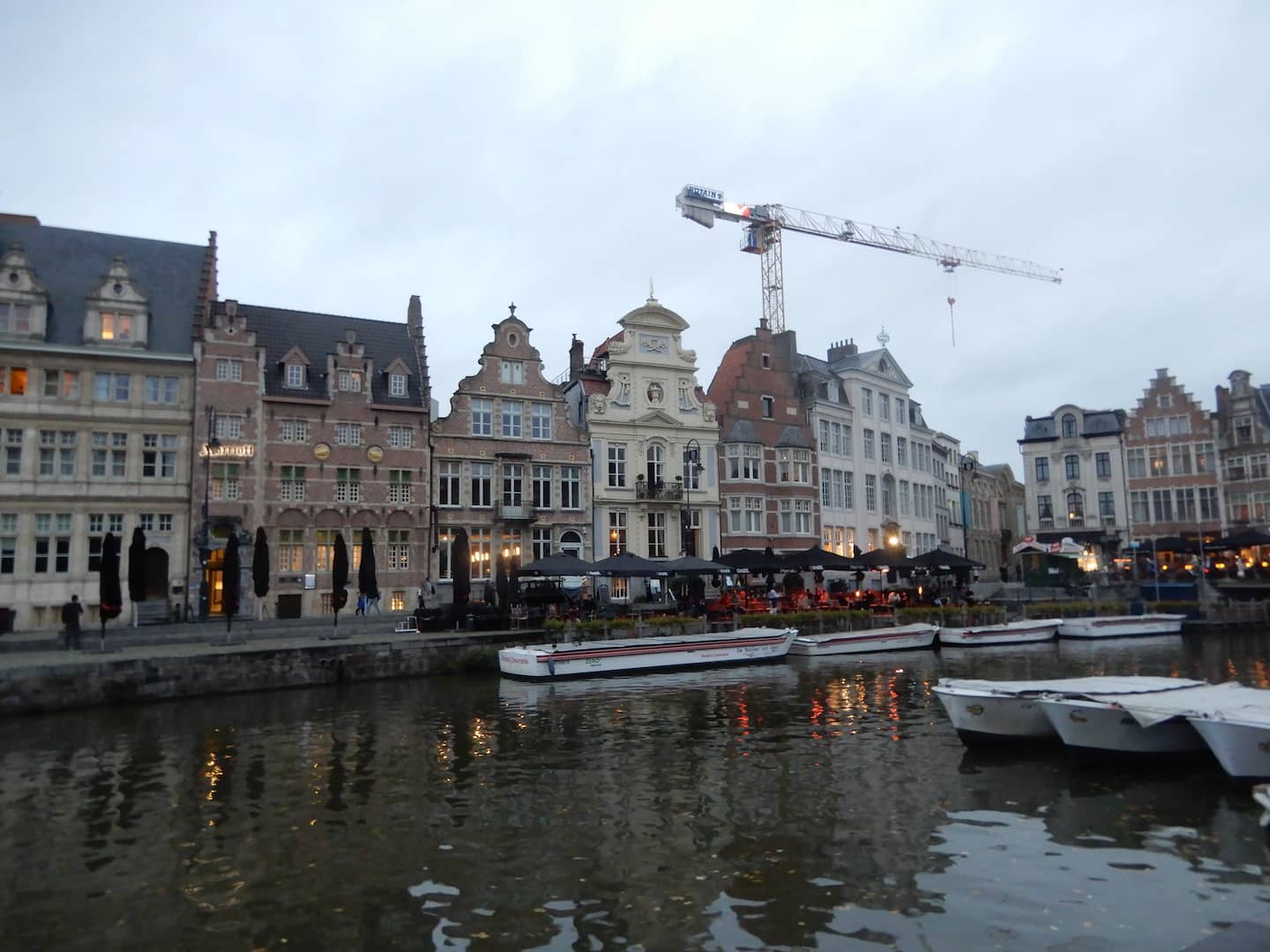Ghent, Belgium
Ghent, Belgium: a surprising medieval city full of life
You know those cities that you discover almost by chance, but that end up becoming one of the highlights of your trip? Well, that’s exactly what happened to me in Ghent, or Gent, as it’s written in Flemish. Many people have never heard of it — and, honestly, that only makes the experience even more special. Because Gent is not the kind of place that appears on the obvious itineraries, and maybe that’s why it’s so remarkable.
Before arriving there, I had already been to Bruges and Brussels, which are beautiful, of course. But it was in Ghent that I felt something different, a mix of past and present that pulsates in the streets, in the canals, in the art and, mainly, in the young and authentic vibe of the city.
Why did Ghent surprise me so much?
The first thing that caught my attention is that Ghent is not silent or stuck in time, as we usually imagine when we think of medieval cities. Quite the opposite! As soon as I arrived, I realized that I was in front of a lively city, with a modern energy, despite being surrounded by buildings that tell centuries of history.
Ghent is located in the Flanders region, in the north of Belgium, and often goes unnoticed among more famous names like Bruges, Brussels and Antwerp. However, those who decide to include it in their itinerary, as I did, end up discovering a hidden treasure. And the best part: without overwhelming crowds of tourists.
What did I find in Ghent?
Walking through the streets, I soon realized that Ghent has a very well-preserved historic center. And it’s not just a facade: there’s a real castle there, with walls, towers and even dungeons! At the same time, the city has a very strong alternative vibe, with many bars, cafes, cultural events, festivals and a very lively nightlife.
During my walk, I was enchanted by the street art, the little markets scattered throughout the neighborhoods and the way in which the medieval past and the contemporary present coexist in perfect harmony. Ghent won me over because it has plenty of authenticity — and that makes all the difference.
Travel itinerary for Ghent: what to do in 1 or 2 days
If there’s one thing I highly recommend, it’s getting lost in the streets of the historic center. That’s exactly what I did: I walked slowly, observing the old buildings, crossing bridges and stopping at charming cafés on the banks of the Leie River. Everything happens in this central region, and it’s there that Ghent reveals all its beauty.
Belfort Tower: unmissable panoramic view
My first stop was at the Belfort Tower, or Belfort van Gent. At 91 meters high, this medieval tower offers one of the most beautiful views of the city. I climbed to the top — and, look, climbing those stairs is almost a mandatory ritual for anyone visiting Ghent.
From up there, I was greeted with a spectacular view: the entire city spread out before my eyes, with its pointed roofs, Gothic towers, winding canals and cobblestone streets. I spent a long time there just observing, breathing in that light air that only a city balanced between history and modernity can have.
St. Bavo’s Cathedral: art and spirituality.
Soon after, I went to St. Bavo’s Cathedral (Sint-Baafskathedraal), which is impressive on the outside, but even more incredible on the inside. It is beautiful, imposing, full of eye-catching Gothic details. However, the highlight of the visit is the work “The Adoration of the Mystic Lamb”, by the Van Eyck brothers.
This painting is considered one of the most important in Western art, and seeing it in person was moving. For those who like art (or even for those who don’t know much about it), it is worth setting aside some time just for this experience. It is something that really leaves an impression.
Walk through Graslei and Korenlei streets.
Continuing the tour, I walked along the banks of the Leie River, on Graslei and Korenlei streets. It is one of the most beautiful parts of Ghent. The historic buildings are reflected in the calm waters of the river, and the boats pass slowly by, creating that perfect setting for photos — and also for moments of pure contemplation.
I sat in one of the bars there and watched the world go by. In fact, that day, there was a “parade” of illuminated boats. It was a very pleasant surprise and added even more charm to the end of the afternoon.
Castelo dos Condes: a journey through time.
Later on, I went to visit Castelo dos Condes, or Gravensteen, and this was one of the most impressive parts of my day. The castle looks like it came straight out of a medieval film: it has stone walls, imposing towers, a view of the river and even torture chambers (yes, it is a little dark, but very interesting from a historical point of view).
Gravensteen was built in the 12th century and is very well preserved. Walking through its corridors is like taking a real journey through time. I felt like I was living a little medieval adventure — which made the visit even more unforgettable.
One day wasn’t enough — and I already want to go back.
Although I made the most of my day in Ghent, I left feeling that two or even three days would have done the city even more justice. There is so much to see, feel and experience that a day trip won’t cover it all. Ghent has history, culture, art, gastronomy and life — and all of this deserves to be experienced slowly.
GET YOUR FREE TRAVEL STARTER KIT
Enter your email and receive planning tips including a step-by-step checklist, how to pack, and more so you can plan your trip like a pro!

Ghent: a secret worth revealing.
In the end, Ghent was one of the biggest surprises of my trip to Belgium. And honestly, if you have time in your itinerary, include this city. Even if it’s just out of curiosity. I bet that, like me, you’ll fall in love with the unique way Ghent blends past and present.
If you can, take your time. Walk along the banks of the Leie, climb the tower, enter the castle, stop at a local bar, watch the illuminated boats. Because it’s in these little details that Ghent shows its true charm.

